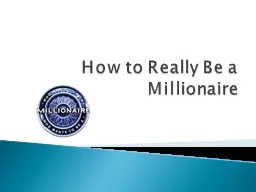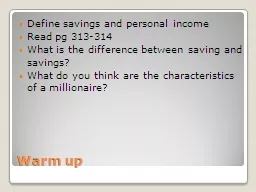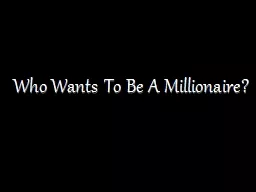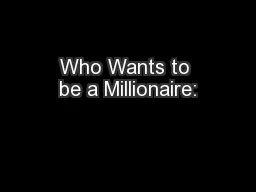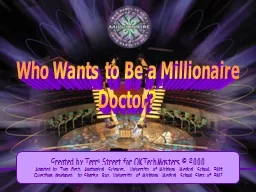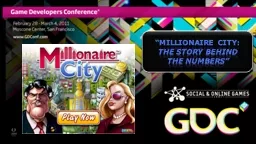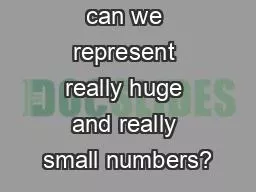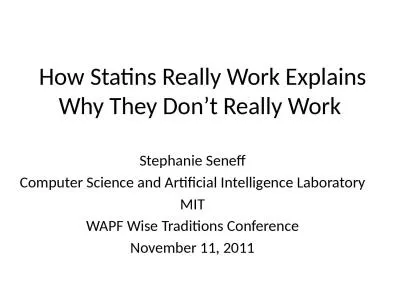PPT-How to Really Be a Millionaire
Author : pasty-toler | Published Date : 2016-05-31
Each group much choose a spokesperson Each student in the group much tell the spokesperson what she or he things the right responses are for the statements shown
Presentation Embed Code
Download Presentation
Download Presentation The PPT/PDF document "How to Really Be a Millionaire" is the property of its rightful owner. Permission is granted to download and print the materials on this website for personal, non-commercial use only, and to display it on your personal computer provided you do not modify the materials and that you retain all copyright notices contained in the materials. By downloading content from our website, you accept the terms of this agreement.
How to Really Be a Millionaire: Transcript
Download Rules Of Document
"How to Really Be a Millionaire"The content belongs to its owner. You may download and print it for personal use, without modification, and keep all copyright notices. By downloading, you agree to these terms.
Related Documents

